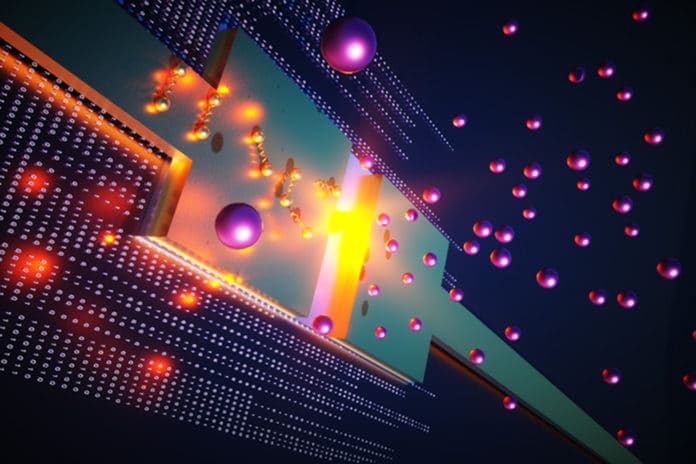Hypothetically, quantum computers beat classical computers in terms of computational and processing power. Quantum computing allows for a finite analysis of something like a wing shape than ever before. Fundamental everyday processing optimization is the first problem we’d like to tackle with quantum computing.
The technical constraint has been the foundation noise that causes qubits to lose memory, creating errors in the processing.
While other scientists see the noise as a problem, scientists at Raytheon BBN Technologies see this as an opportunity. They have developed a new way to detect a single photon or particle of light. This new method works a little like a highway, where superconducting charges play the role of cars.
This discovery could have significant applications for sensors, communications, and exponentially more powerful quantum computer processors.
The work uses a component called a Josephson junction.
Kin Chung Fong, a quantum information processing scientist at Raytheon BBN Technologies and a research associate at Harvard University, said, “A Josephson junction in quantum computing is analogous to a transistor for modern electronics, so they are super important. Our new device enables this basic unit in quantum computing to communicate through as little as one photon. It will improve the speed in the communication and can do quantum networking and sensing possible.”
Brad Tousley, president of Raytheon BBN Technologies, said, “In theory, quantum computers can take over where traditional computers would run out of processing power. Quantum computers are particularly good at solving critical optimization problems. One example would be for a computer-aided design of a large system like an aircraft. Quantum computing allows for a finite analysis of something like a wing shape than ever before. Fundamental everyday processing optimization is the first problem we’d like to tackle with quantum computing.”
“This discovery is going to open up quantum processors to be connected like never before. The next step is characterizing performance and scaling up to more than one device in parallel or linking multiple devices.”
Journal Reference:
- Evan D. Walsh et al. Josephson junction infrared single-photon detector, Science (2021). DOI: 10.1126/science.abf5539
